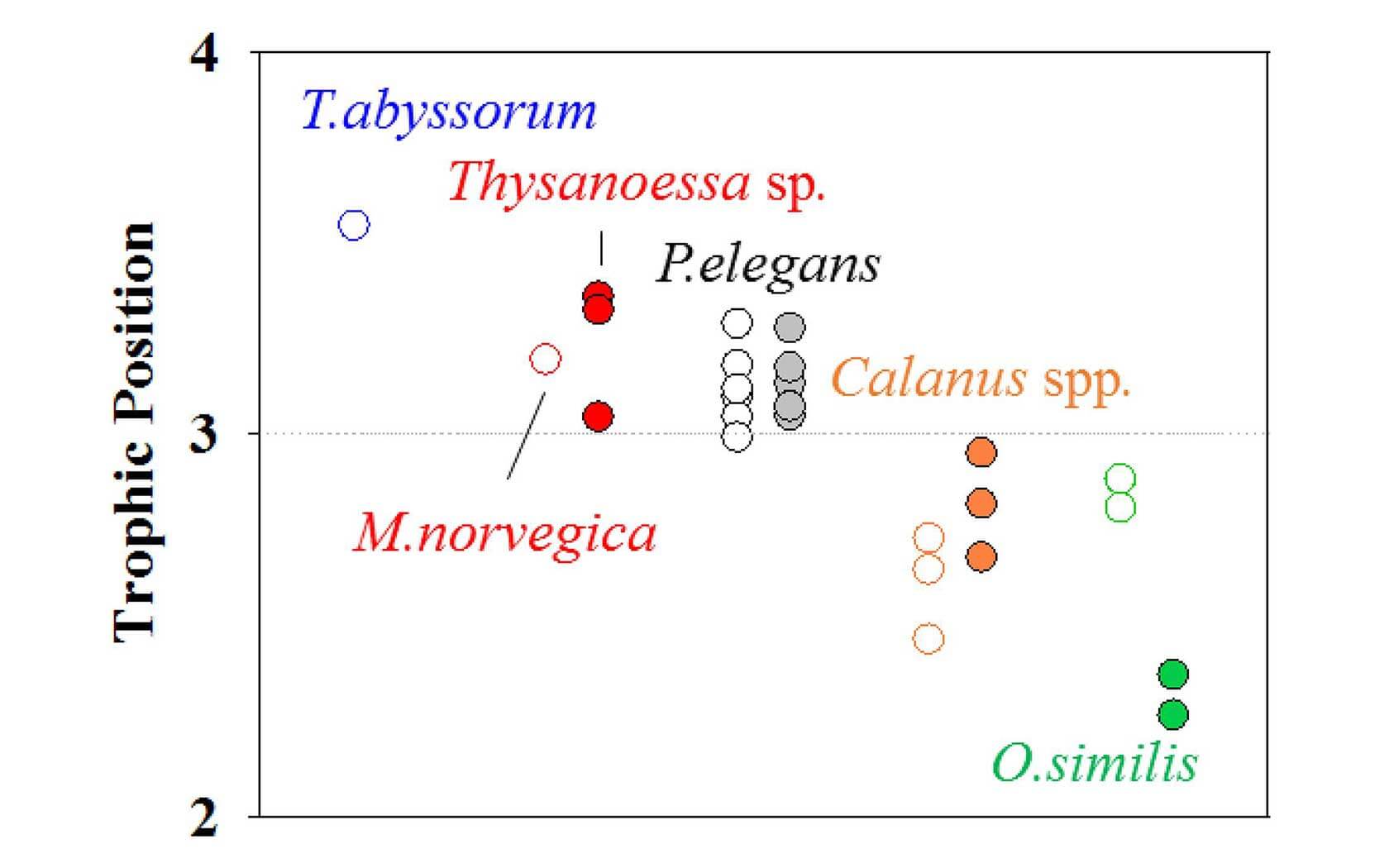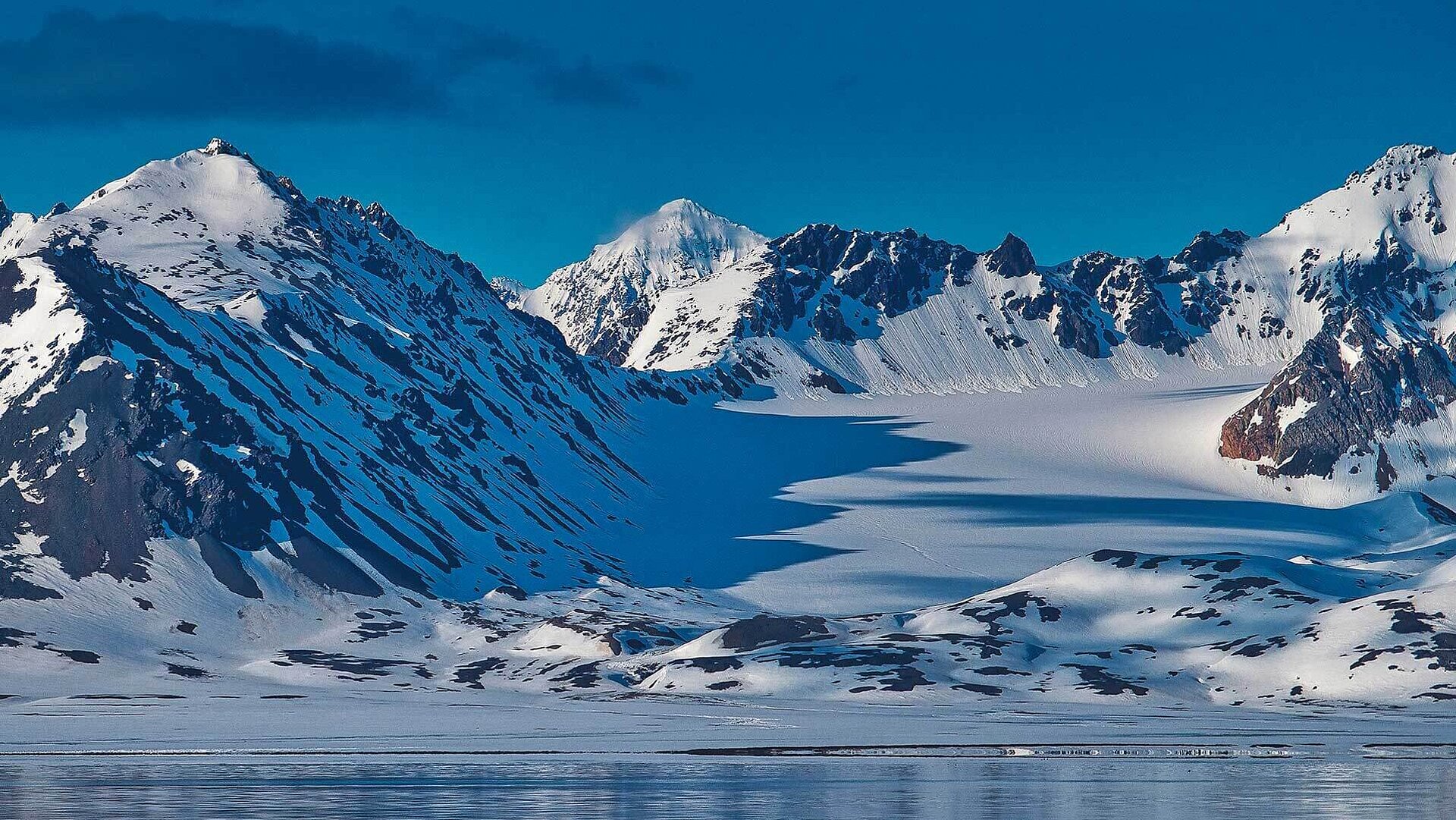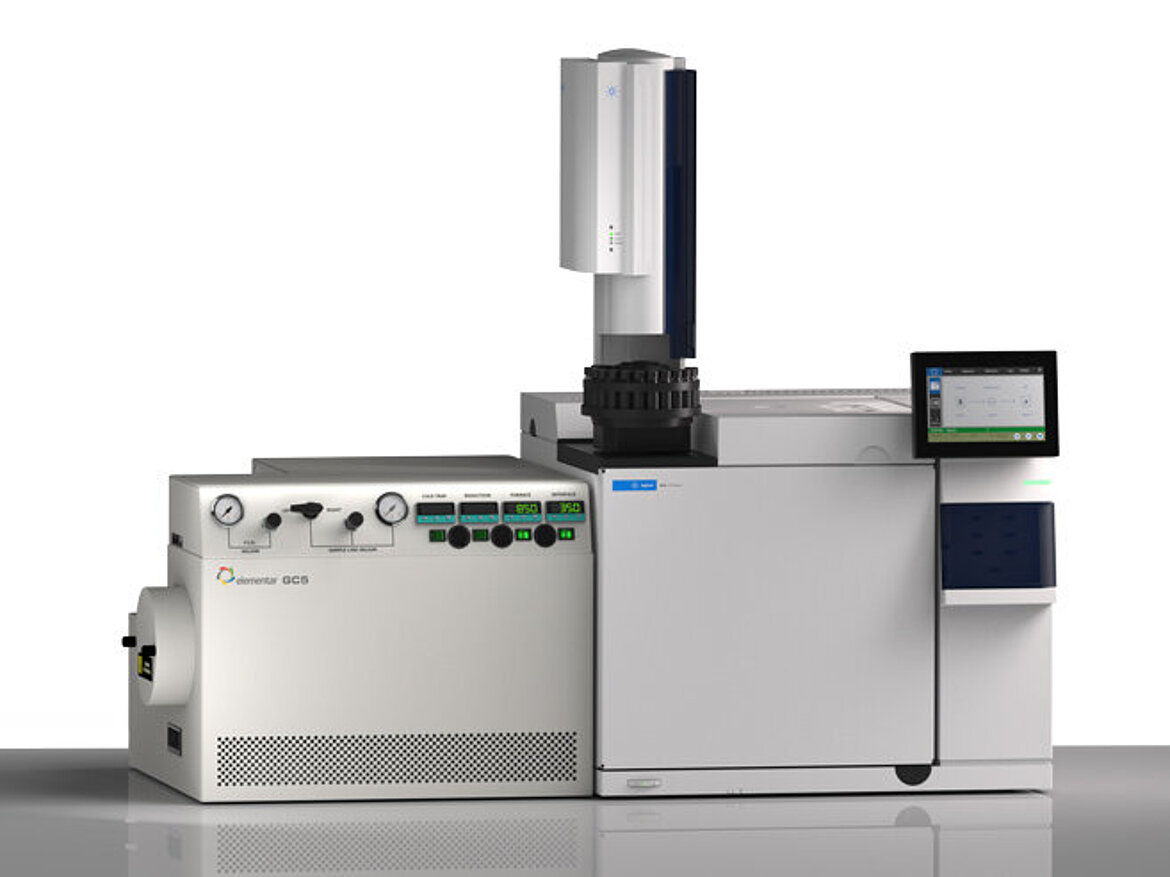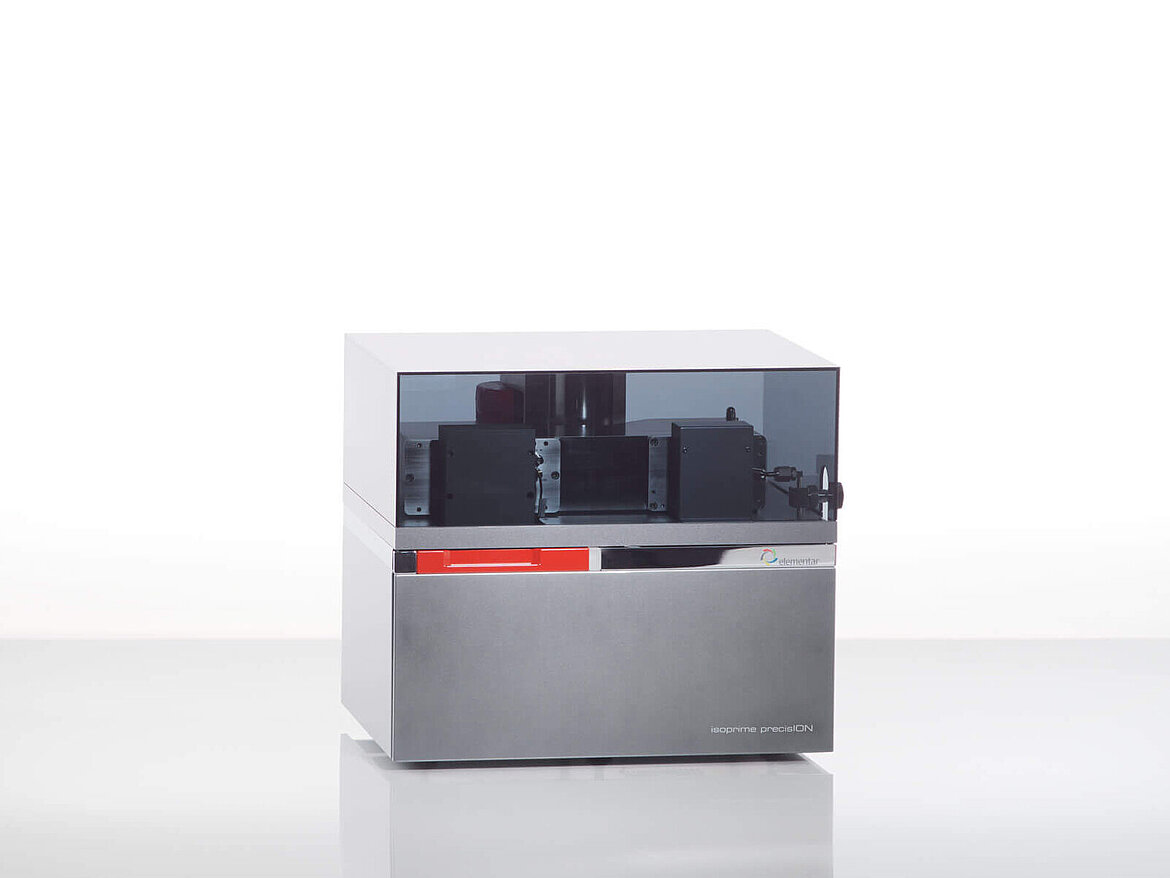Trophic Dynamics of Zooplankton Before and After Polar Night in the Kongsfjorden (Svalbard): Evidence of Trophic Position Estimated by δ15N Analysis of Amino Acids
Hyuntae Choi1, Sun-Yong Ha2, Seunghan Lee3, Jee-Hoon Kim2,4 and Kyung-Hoon Shin1
1Department of Marine Sciences and Convergent Technology, Hanyang University, Ansan, South Korea
2Division of Polar Marine Environment, Korea Polar Research Institute, Incheon, South Korea
3Biodiversity Research Institute, Marine Act Co., Seoul, South Korea
4School of Biological Sciences, Seoul National University, Seoul, South Korea
The Arctic Ocean is an extreme environment with large seasonal cycles in solar radiation. This intense seasonality creates an extended period of darkness known as the polar night, which lasts from late October until early March. During the polar night, primary production is low due to insufficient sunlight, this limits the diet available to consumers. Different zooplankton species have evolved over-wintering strategies that vary based on their trophic position (TP) and metabolism. Using compound specific isotope analysis (CSIA) the trophic position of various zooplankton species was investigated using the nitrogen isotope ratios of amino acids (AAs).
Nitrogen isotope (δ15N) analysis of individual amino acids (AAs) can provide useful information on the trophic structure of the food web by separating the trophic elevation and isotopic baseline of ecosystems. The trophic position can be estimated using the δ15N values of glutamic acid and phenylalanine that represent trophic (3-8 ‰ enrichment) and source (0-1 ‰ enrichment) AAs, respectively. Using CSIA-AAs means that no basal food source sampling is required to estimate TP. Using an Elementar IRMS system (e.g. EcovisION+) the nitrogen isotope composition was precisely measured across six zooplankton species from Svalbard. The δ15NGlu (‘trophic’ AA) and δ15NPhe (‘source’ AA) isotope values were analyzed for each species to infer trophic position, with the average standard deviations all less than 0.5 ‰
The results indicate that for Parasagitta elegans and Calanus species the trophic positioning was constant due to their ability to utilize stored high-energy wax. In contrast, the average TP values for Oithona similis after the polar night was associated with a more herbivorous diet, while switching to a more carnivorous diet during the polar night in October. High quality AA nitrogen isotope data using Elementar’s EcovisION+ is essential for understanding trophic positioning and feeding strategies in the marine environment.
Please find full paper here: https://doi.org/10.3389/fmars.2020.00489




